Did you know you can make juice, sangria, and cold brew in your French press? Here's how
You'd be surprised at just how versatile these appliances can be
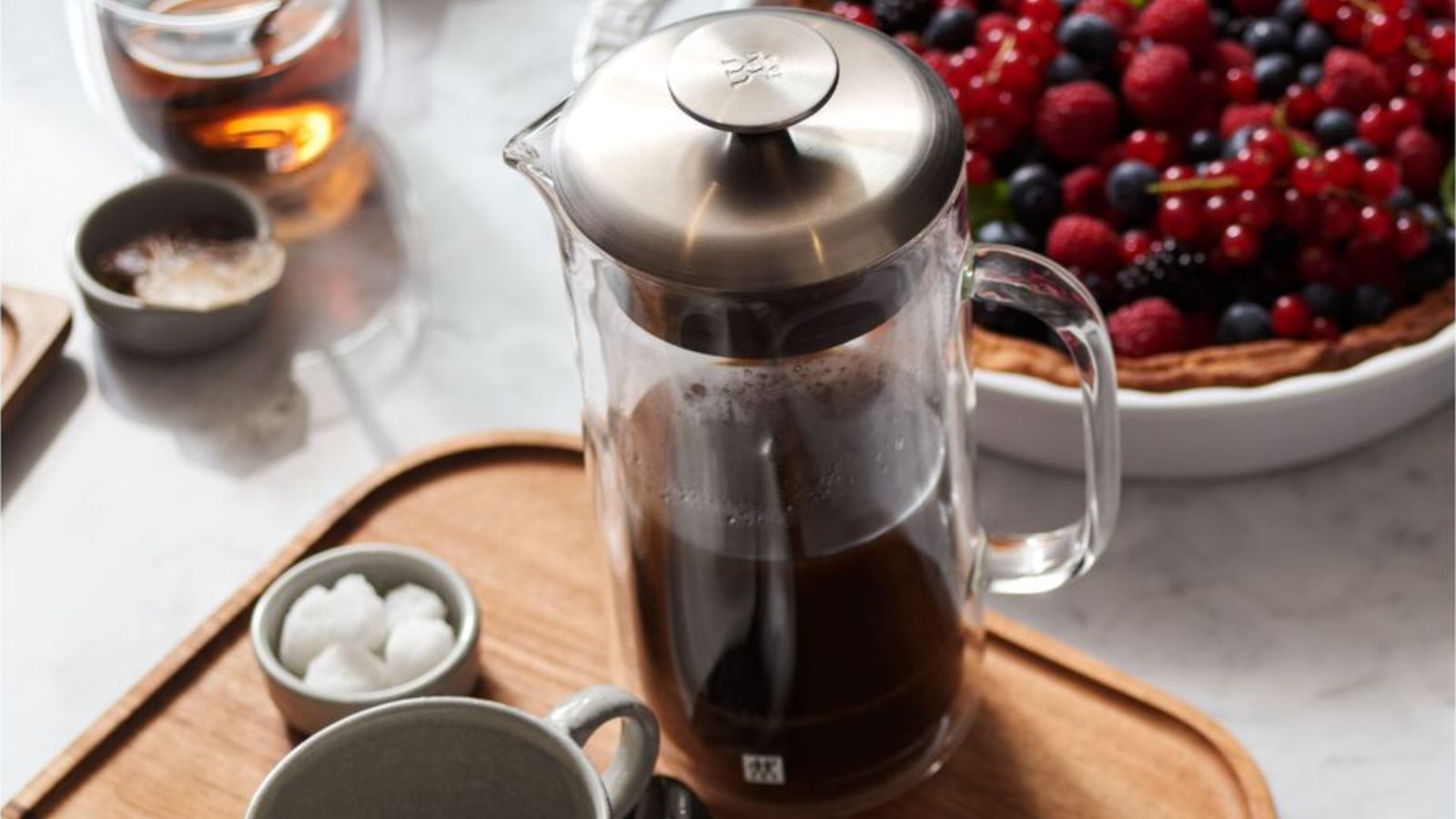

French presses have seen an immense surge in popularity alongside the cold brew boom. You'll have made classic coffee in your French press and you might have dabbled in the cold brew movement, but what other alternative uses for a French press are there?
I spoke to coffee roasters, chefs, and cocktail experts to find out exactly what a French press can do. If you invest in one of the best French presses you'll be able to squeeze juice, brew iced teas, infuse oils, and make cold brew coffee at home.
I'll give you a quick guide to how to make the perfect coffee in a French press before leaping into the endless alternative uses for a French press. It’s no wonder that French presses are always en vogue. They can do everything.
How to use a French press for hot coffee
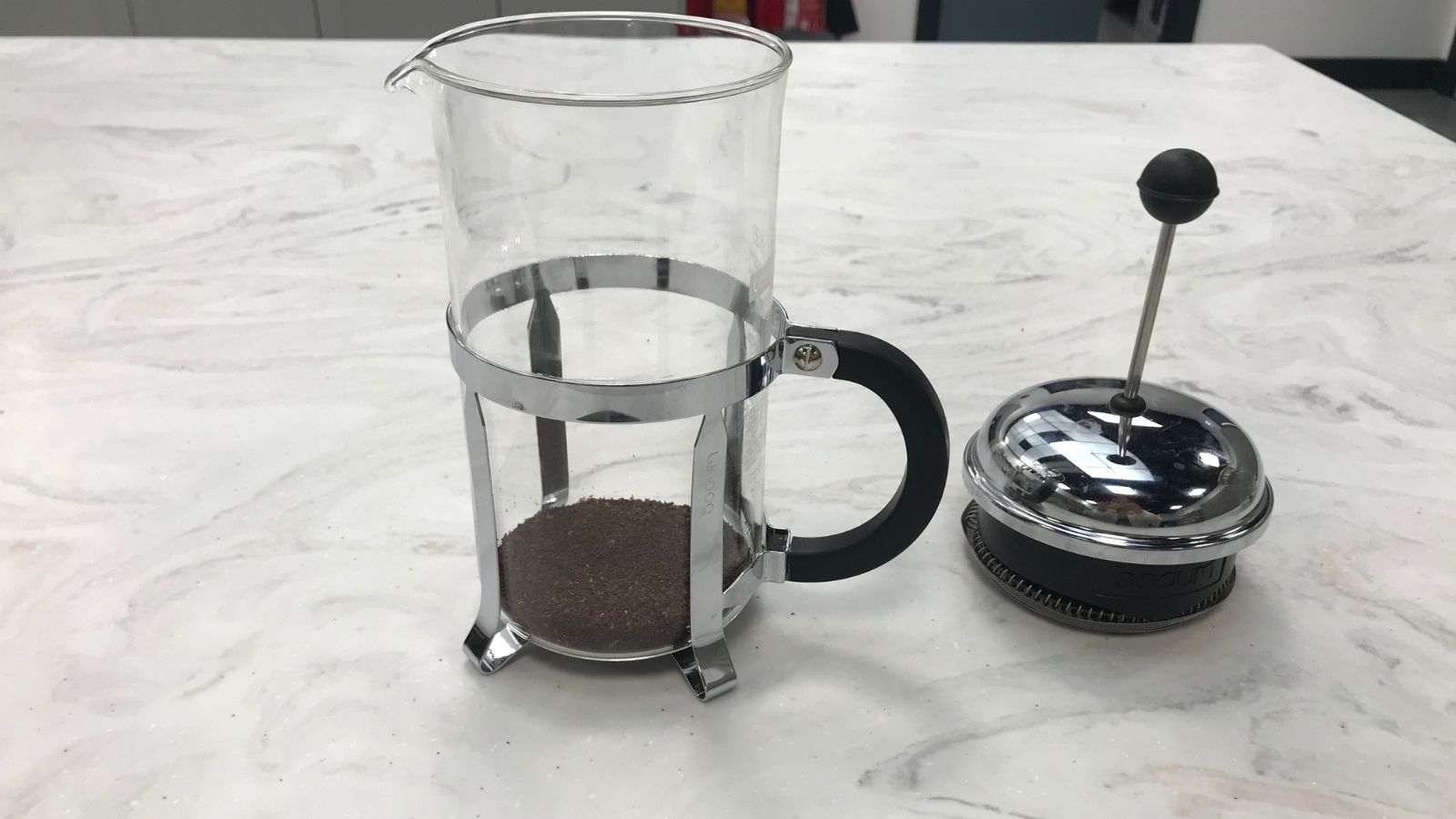
I won't give you a lengthy explanation of how to make hot coffee, because a) we have a whole article dedicated to how to use a French press and b) you're here to learn about the alternative uses. I will give you some tips and common mistakes that I've observed over my years of barista experience. There are a few simple tips you can follow to enhance your coffee experience and flavor.
- Pre-heat your French press: this will stop your carafe from cooling your coffee too quickly, slowing the extraction process (you'll get more strength, depth, and flavors)
- Make sure you're using a coarse or medium-coarse grind (and a good grinder): these will extract slower but will give your coffee more body
- Bloom your coffee grounds: adding a little water to your grounds can help to make your brew less acidic
- Follow the 1:15 ratio for coffee to water when you start out, then experiment with different quantities to find the perfect flavors for your palette
- Pour in a spiral: this will ensure that all your coffee grounds are evenly saturated, giving your drink more clarity
Some experts I spoke with, like Marko Lazarevic from Craft Coffee Spot, recommended leaving the top of the plunger off whilst your coffee is brewing. He told me ‘you actually get a higher extraction and more flavor this way. The cool air from the top of the open French press draws the water underneath and creates a convection that stirs the coffee’. Barista Hustle has done a lot of testing on this too and they swear by it.
- Plunge slowly and evenly: this won't disturb the sediment, leaving you with a smoother cup of coffee
- Pour everything out at once: your coffee will keep brewing while it's in the carafe and might taste bitter
I spoke with Lukas Van Vyve, Founder of Emergent Brew, for some flavor tips. He recommends that you always buy whole beans and not grounds. Grind these just before you’ll use them and they’ll deliver the freshest flavors. He recommends ‘using a finer grind, less water, and shorter time for lighter roasts’. For darker roasts, ‘use a coarser grind, more water, and longer time’. This is all down to extraction time. Fine grinds will be extracted much quicker than coarse grinds, but a slower process leads to a deeper, richer result. This is something to explore as you use your French press.
Alternative uses for a French press
Making salty coffee in a French press
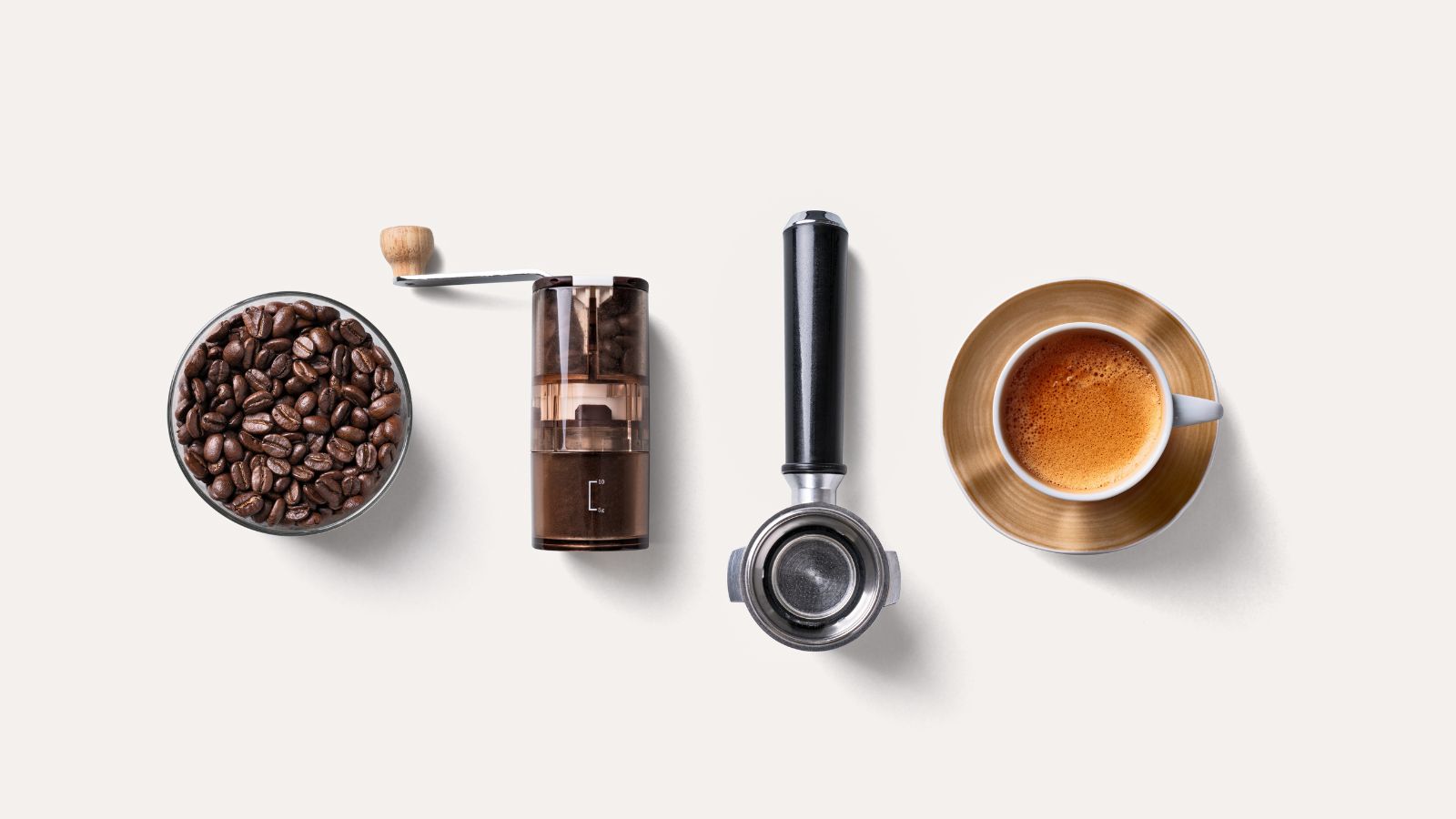
So far so good. You know everything you need to make the perfect cup of French press coffee, but what happens if you want to make your coffee taste better? Last year, I saw lots of TikToks telling me to add some salt to my coffee. I was skeptical at first, but it’s a real game-changer. Adding just a little takes the edge of some of the bitter flavors. Ironically, salt makes the coffee taste a little sweeter and more aromatic. I’ve passed this hack on to lots of skeptical friends and family members. None of them were disappointed.
Design expertise in your inbox – from inspiring decorating ideas and beautiful celebrity homes to practical gardening advice and shopping round-ups.
Norbert Koput from Espresso Bear had some extra tips. He encouraged us to be playful and ‘infuse with flair’. He told me that the best way to ‘elevate your coffee is by adding subtle flavors. Before brewing, get creative with spices like cinnamon or cardamom, a dash of vanilla extract, or a twist of citrus peel’. Vanilla pods would make a great addition too and, Norbert says they ‘transform your cup into a flavor adventure’.
I have written about how to make cold brew coffee in your French press. Cold brew is much milder than hot coffee and it's an easy, affordable alternative to buying a specialist machine. If you don’t have a tea pot for loose-leaf tea, you can use your French press as a strainer for herbal, loose-leaf, and chai blends.
Lifting the plunger up and down transforms your French press into a milk frother. Repeating the lift and plunge motion can froth milk or hot chocolate and whip cream too, although it's nowhere near as fast as a proper appliance like this Smeg milk frother I've recently been putting to the test.
Making cold brew in a French press
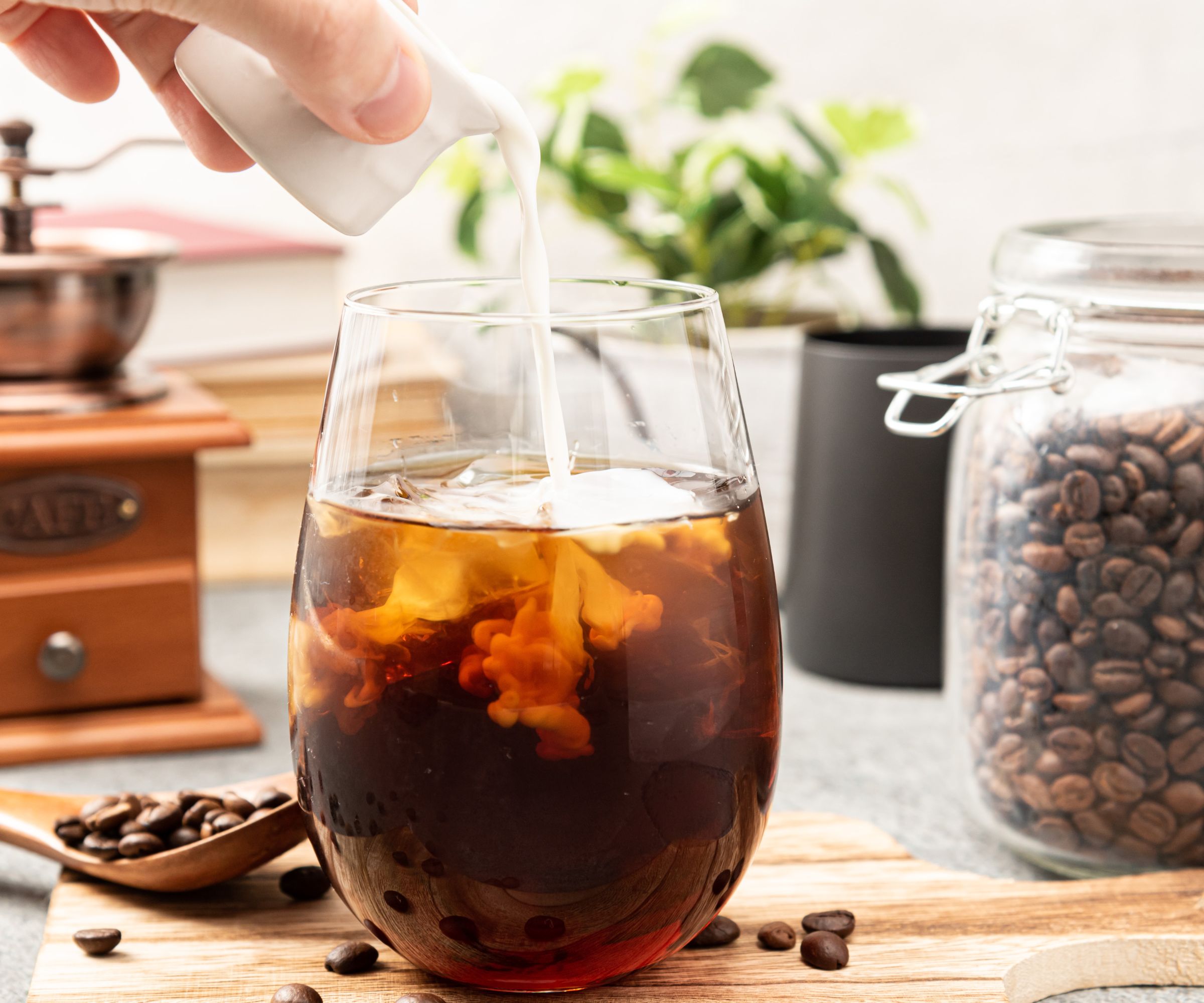
Last summer was the cold brew season. Since its immense popularity, cold brew has remained one of the most popular ways to drink coffee ever since. People love cold brew because it's smoother and sweeter than traditional coffee. The infusion process slowly extracts oils from your coffee grounds rather than using high pressures and temperatures that traditionally give French press coffee some acidity.
You can buy dedicated cold brew coffee makers, but I'd only recommend investing in one of these if you're serious about your cold brew and you don't have a spare French press in the kitchen.
I've written a whole article on how to make cold brew coffee at home (with tips from a Cordon Bleu chef). Using a French press to make cold brew is simple and it's actually my favorite method too. Work on a 1:5 coffee-to-water ratio. Add one cup of coarsely ground coffee to the bottom of your French press and pour five cups of room temperature (or cooled) filtered water over your grounds in a circular motion. Make sure all of your coffee grounds are saturated.
Put your plunger on top of your carafe, but don't plunge yet. Sit your French press on the countertop at room temperature for 12 hours. If you want a slower brew, sit your French press in the refrigerator for between 18 and 24 hours. Don't leave it brewing for any longer than this. Once you've endured the long wait, you can push your plunger and pour. The coffee that you've made is a cold brew concentrate that needs to be diluted with even amounts of milk or water to your cold brew concentrate. It's delicious.
Making sangria in a French press
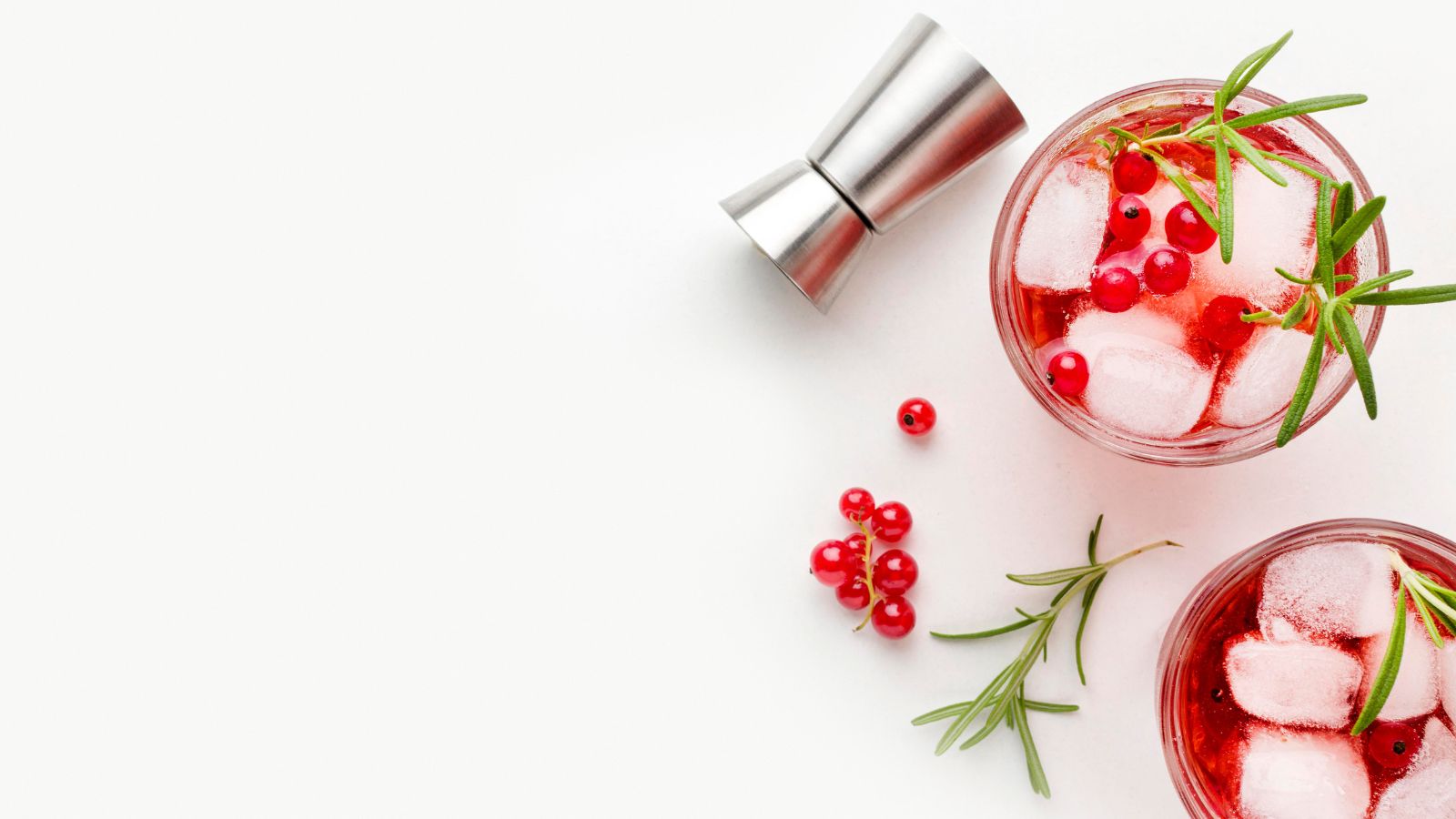
To really move beyond coffee, you can get into cocktails. I was speaking to the Wine Enthusiast experts while on the hunt for the best wine coolers, but when we got onto the topic of coffee their expert team were quick to suggest a ‘home bar hack’. Arielle Weg recommended using your French press to make sangria. She said ‘it’s a great way to infuse flavor from a solid to a liquid, plus the built-in filter is great for sifting out particles’. It looks beautiful too.
Their detailed recipe gives more insight. Essentially, you layer your sangria fruit in the bottom of your French press, add alcohol, and pump the French press plunger to infuse the fruit and alcohol. You can then slowly press down on the plunger to filter out any bits of pulp or seeds and pour your smooth sangria into a glass with ice.
Making infused oils in a French press
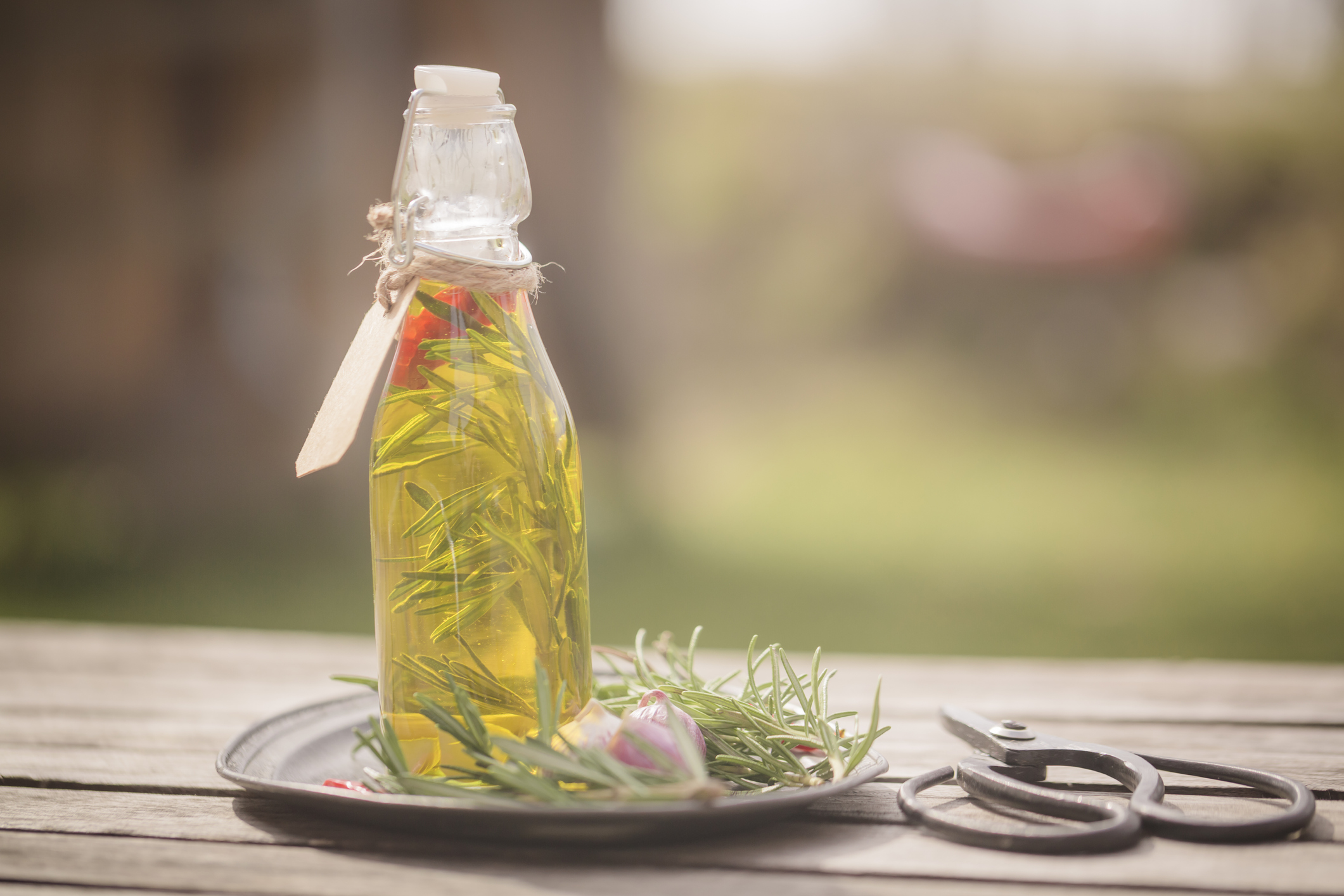
Chef Alex Bayev had lots of alternative recommendations for more unusual things that you can brew. He says ‘you can use your French press to infuse oils with herbs, garlic, chili, or whatever you fancy. Simply place your ingredients in the press, pour in the oil, and let it infuse. The plunger can then be used to separate the ingredients from the oil when you’re ready to use it’. Just make sure that you clean your French press thoroughly after too.
Making juice in a French Press

Alex also uses a French press as an easy and simple way to extract juice from soft fruits like berries, oranges, or watermelons. Skin the fruit, press down slowly, and you can enjoy fresh juice. It can't touch the performance of the best juicers, but if you don't have hundreds of dollars to spend on a new masticating machine, you can get away with this budget-friendly hack. Alex even recommends using a French press to strain broth and rehydrate dried foods, too.

Alex is a professional chef and food blogger from Ukraine. He's always looking for ways to simplify cooking in the kitchen, which is how he found out so many different ways to use the French press.
How to clean a French press
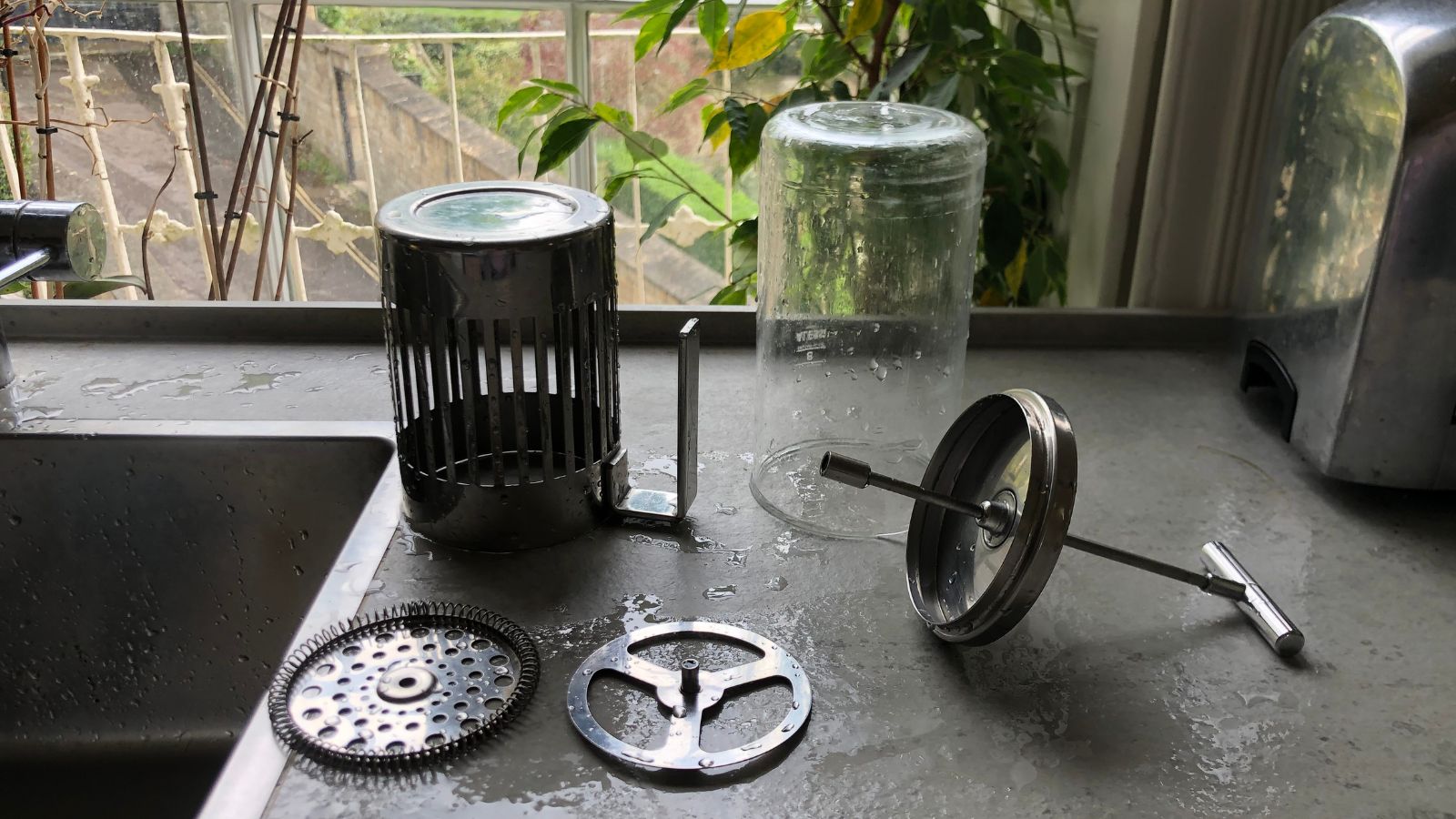
After infusing oils, whipping cream, and making sangria, you’ll want a clean carafe before brewing coffee. I have explained in detail how to clean a French press. In short, you’ll want to take the plunger and filter apart, Lift the carafe out of any container and thoroughly scrub each part individually. I use warm, soapy water, since most French presses aren’t dishwasher safe. However, if you need to remove tough stains, vinegar and baking soda are good natural and effective alternatives.
What is the best French press?
We’ve done extensive research to find the best French press on the market. Different models suit different needs. I really like the Bodum Chambord French Press for a quality, contemporary design. However, another popular option is Espro P7 French Press. If you really want to recreate coffee shop flavors, you’ll also want a coffee grinder. It’s fine to buy pre-ground coffee with your groceries, but coffee begins to degrade ten minutes after it’s been ground. For the best flavor, you will want to grind straight away.

Size: 12 oz. 17 oz. 34 oz. 51 oz.
Material: stainless steel and glass
Filter: double filter
Dishwasher safe: yes
RRP: $20-$55
Pros
- Contemporary design
- Easy to use
- Double filter minimises graininess
Cons
- Glass is quite thin
- Cools quickly

Size: 18 oz., 32 oz.
Material: Stainless Steel
Filter: Metal double filter
Dishwasher Safe: Yes
RRP: $119.95- $149.95
Pros
- Makes a killer cold brew
- No risk of broken glass
- Easy to use
- Insulated design keeps coffee hot
- Double filter minimizes graininess
Cons
- Tight seal makes it more difficult to pull plunger out
- Pricier than alternatives
FAQs
How much coffee do I put in a French press?
To serve two people, I would put three tablespoons in per person, when measured, this weighed 15 grams in total. A general coffee to water ratio is 1:15. This is the standard guidance that most French press professionals would offer.
What else can you use a French press for?
After speaking with chefs, it seems that the possibilities are endless. You can make cold brews, hot chocolates, tea, sangria, oil infusions, fruit juice, and broth. It’s worth experimenting with other options. If it uses a filter or strainer, you can give it a go in your French press, within reason.
Why should I use a French press?
French presses are a classic making a comeback. These are small, affordable, and really quiet. If you want quality coffee without lots of technology, the French press is perfect. It gives a really rich, deep flavor, which is slightly acidic and bitter. We’ve compared it to the pour-over method, because that boasts lots of the same benefits.
What can you do with coffee grounds?
Your coffee grounds categorically should not go down the sink. These can cause blockages. Drain your coffee grounds through a fine sieve. Once most of the water has drained away, you can put them in the food waste bin. Coffee grounds also make excellent fertilizer and are a great way to naturally boost plant growth.
French press is perhaps my favorite way to make coffee. French presses make exceptional hot coffee, as well as affordable and brilliant cold brews. There's so much more to them than that though. Armed with expert advice and tips, they can also be your new favorite kitchen assistant. I love the idea of making oil infusions, fresh juice, and hot chocolate in my French press, but I think I’ll be trying the sangria next.

Laura is our eCommerce editor. As a fully qualified barista, she's our expert in all things coffee and has tested over thirty of the best coffee makers on the market. She has also interviewed Q-Graders and world-leading experts in the coffee industry, so has an intimate knowledge of all things coffee. Before joining Homes & Gardens, she studied English at Oxford University. Whilst studying, she trained as a master perfumer and worked in the luxury fragrance industry for five years. Her collection of home fragrance is extensive and she's met and interviewed five of the world's finest perfumers (also known as 'noses'). As a result of this expansive fragrance knowledge, she always puts quality and style over quantity and fads. Laura looks for products which have been designed simply and with thoughtful finishes.